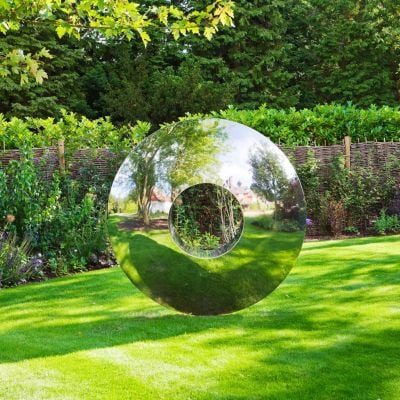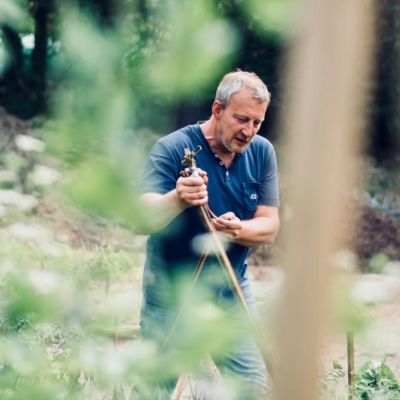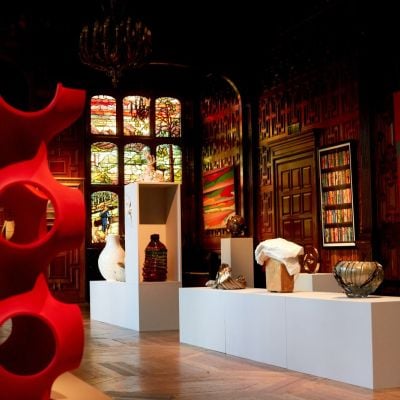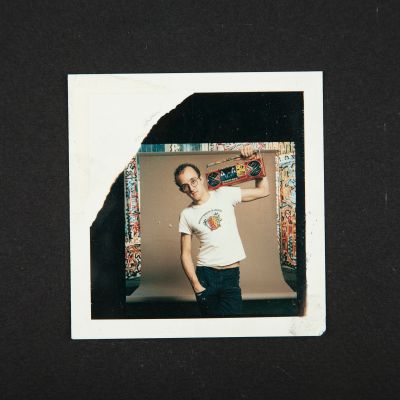Network Theory
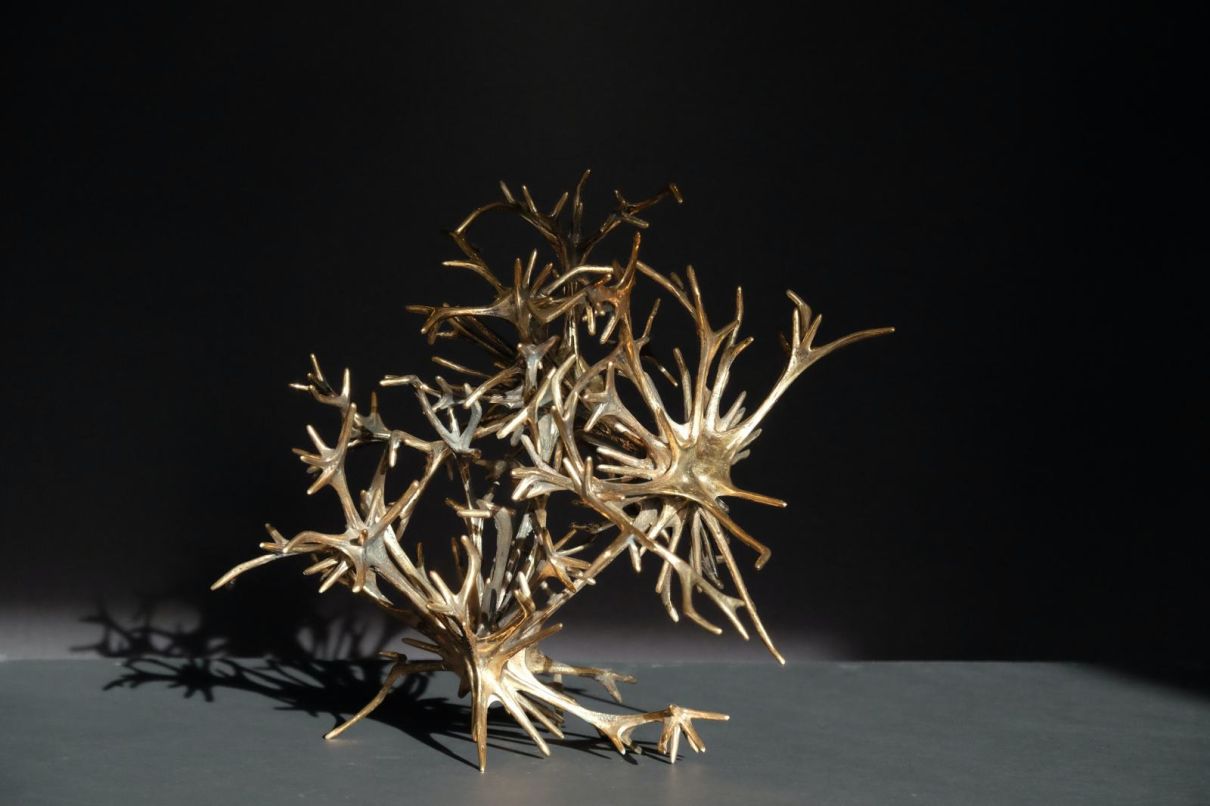
Understanding how networks shape the world and humanity is increasingly important, says scientist-turned-artist, Albert-László Barabási.
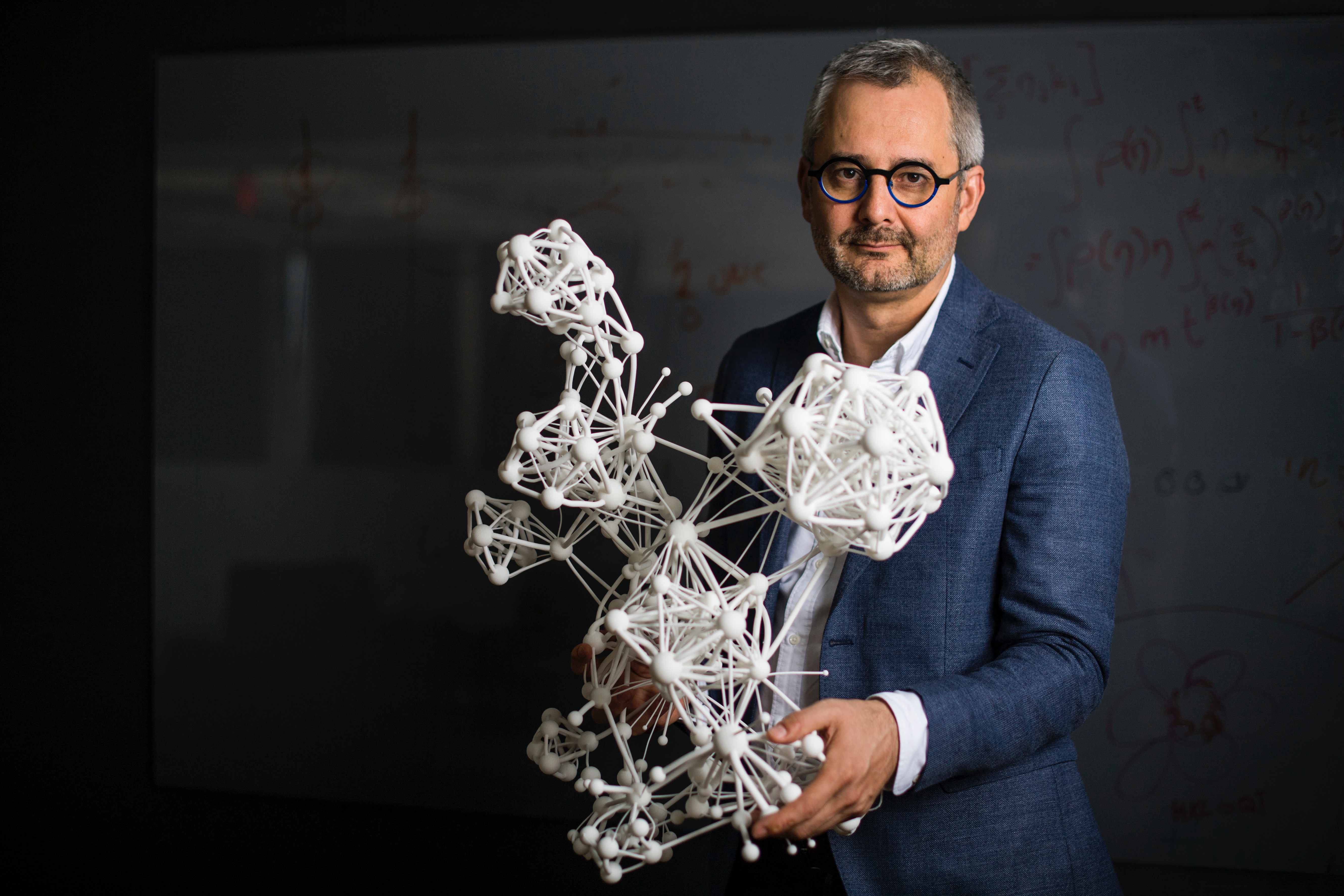
In an age of fear and uncertainty there is a tendency for people to look inward, becoming less tolerant of each other’s differences.
But Professor Albert-László Barabási, a Hungarian scientist-and-artist, wants to change our perspective on interconnectedness with a series of highly intricate visualisations of human, social and natural networks.
“Essentially it’s connectivity that defines us and give value to the world we exist in. For example, a phone is useless unless we have someone to call,” he says from his home in Budapest.
Growing up in Transylvania, Romania, as a young man Barabási harboured dreams to become a sculptor, but ultimately proved himself a talented physicist. It was when he was working in New York City as a researcher, strolling the streets of Manhattan, that he made an observation. “Walking along the pavement I considered the vast numbers of cables under my feet, Internet, phone, electricity water and gas. There was no way this could be completely random.”
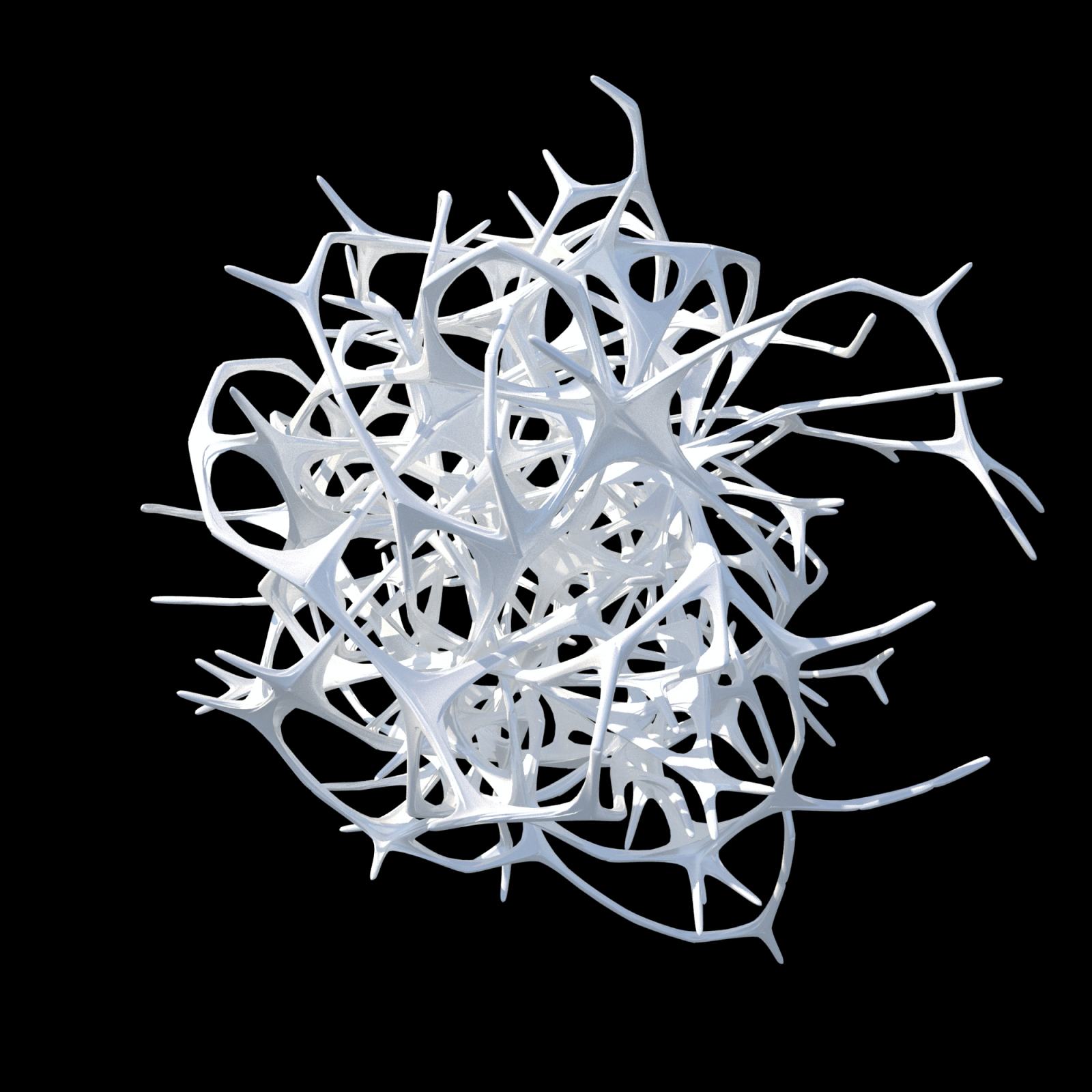
In the mid-1990s with a team of scientists he established the BarabásiLab to develop the visual language of interconnectivity, unveiling hidden patterns in the complexity between nature and society. This started off as 2D drawings and maps with around 500 data points, for example looking at different flavours that pair well together and creating a network of ingredients from chocolate to blue cheese. His work helped unveil the hidden order behind various complex systems using the quantitative tools of network science, a research field that he pioneered, and lead to the discovery of scale-free networks, helping explain the emergence of many natural, technological and social networks.
Two years ago, his team began to create 3D-printed representations of data networks, complex and beautiful sculptures at the confluence of art and science. Using state-of-the-art technology (data sculptures, MI, AR, VR, drawing robot), these network diagrams and structures vividly describe the hidden connections and relationships that underlie the phenomena, made from up to 20,000 data points.
One might question what the point of turning data into a visualisation. The meaning of network science, Barabasi says, is to unveil a hidden order behind seemingly random things, for instance, the structure of the brain to treating diseases using network medicine, to the emergence of new diseases in society and how they spread.
And relevant for today’s times, Barabasi has created a network to predict what kind of existing drugs could help combat COVID-19. By adapting the network-based toolset to COVID-19, Barabasi and his Boston-based team identified a list of drugs that are likely to be effective for treating COVID-19 patients.
The study, titled “Network Medicine Framework for Identifying Drug Repurposing Opportunities for COVID-19,” assembled a list of the most effective treatments by examining human and virus proteins and their connections to each other. The study will be used to identify existing drugs that can help cure COVID-19 patients.
Barabasi explained that “We applied three drug repurposing strategies, relying on network proximity, diffusion, and AI, each ranking approved drugs based on their likely efficacy for COVID-19 patients. While methodologies differ in their predictive power, combining them we get the best performance.”
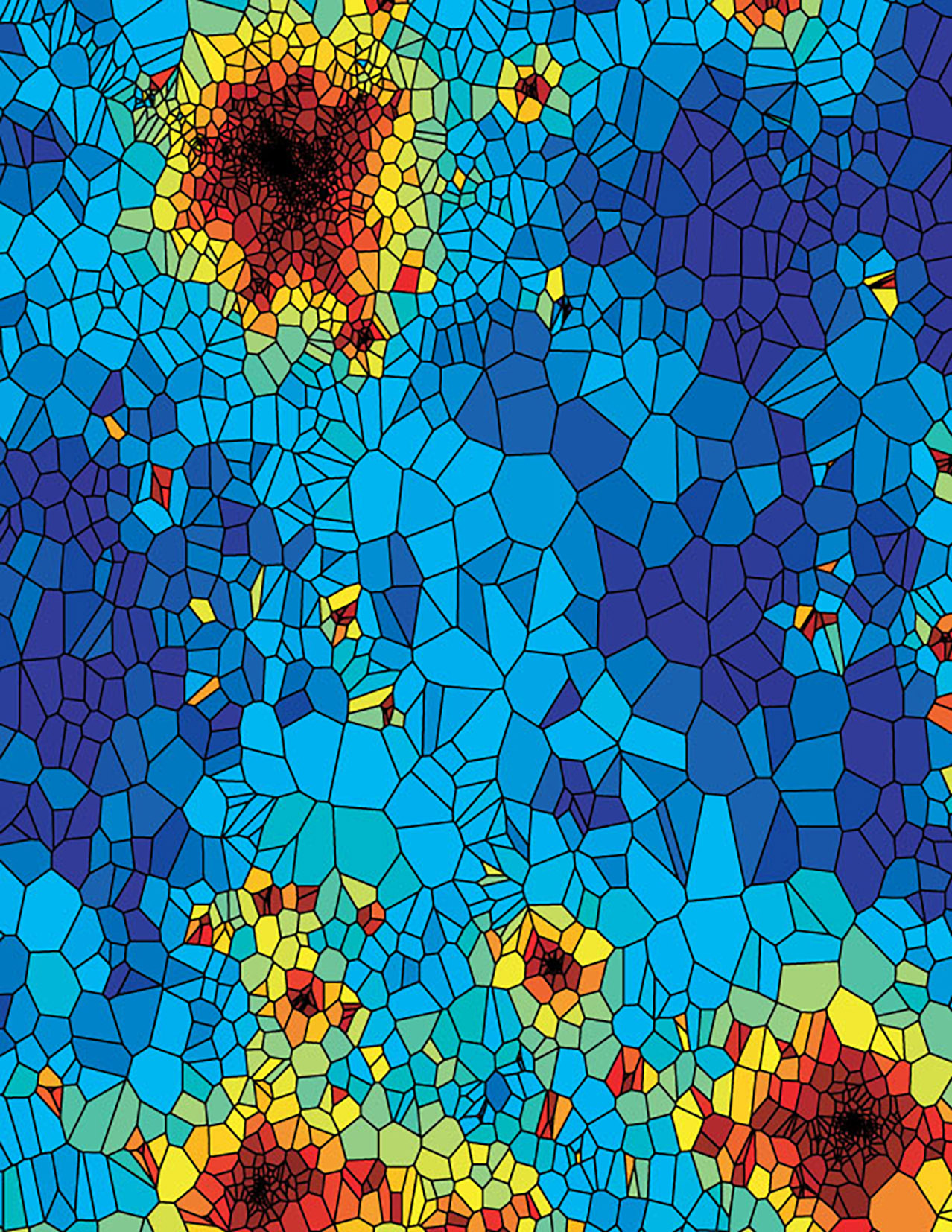
The study found 81 candidates that showed promise for repurposing. Barabasi said in a Facebook post: “We ordered the compounds to test them in human cells, and we hope the promising ones can go forward into clinical trials.”
True to his first love, Barabási remains a devoted art collector and has amassed an eclectic collection of Hungarian artists on the walls of his Budapest home including Laszlo Lakner, Dora Maurer, Botond Reszegh and Ilone Keseru.
He is delighted that his work is now being considered by collectors as being at the confluence of science and art. “Science, together with art, can really enlighten and break down the complexity of the world around us,” he says.
For the first time, Barabásilab’s two-and-three dimensional renderings will be the subject of a retrospective at the Ludwig Museum in Budapest, running from 10th October 2020 to 17 January 2021, curated by József Készman and organised as part of the CAFe Budapest Contemporary Arts Festival. And at a time when contemporary art is often questioned for its use or meaning, Barabási believes his type of art is ultimately utilitarian. “It’s the antidote of kitsch, it is science.”
Barabási’s latest book is The Formula. He is the author of Network Science, Linked, and Bursts among various other publications.



